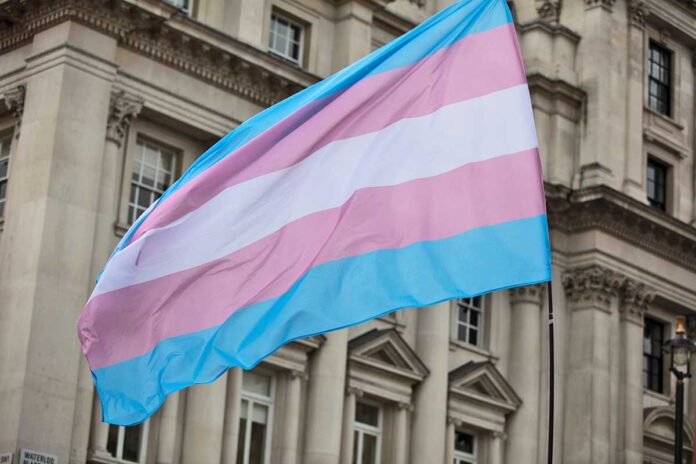Through completely random happenstance, Easter and the Transgender Day of Visibility happened to be on the same day this year, the 31st of March. Of course, this conjunction did not go unnoticed, with the right wing deciding that the conjunction of both events was a sinister, anti-Christian plot.
It wasn’t planned to be on the same day as Easter, however. It just sort of happened. Much like, I suppose, being trans itself.
I’ve talked before about having somewhat complex feelings about the Transgender Day of Visibility. On one hand, I agree with its founder, Rachel Crandall, that our community needs more than simply a memorial to anti-transgender murders to honor our lives. Our lives are valuable, and deserve to be both seen and celebrated.
Yes, perhaps ironically, I find myself never a big fan of events like this. I feel that they get hijacked by organizations seeking a new event to fundraise off of, and by well-meaning but milquetoast allies looking for a quick and easy way to show support that doesn’t involve actually doing anything of substance. I want action, not just pretty words.
I also see a lot of confusion as to what it even is about, or questions about how it is any different from Trans Awareness Week, or National Coming Out Day — or even Pride itself. What sets this day apart from the others, and what even are we supposed to be doing on a “visibility day.”
Of course, I’ve also heard plenty of frustration from those who might feel that, given all that is happening in the United States and elsewhere around transgender rights, that maybe we’re a bit too visible for comfort. It certainly feels like there is a bright neon target on ourselves nowadays.
The United States is a patchwork of states, with all too many of them actively hostile to transgender lives. According to the Trans Legislation Tracker, 533 bills have been introduced in 41 states in just the first three months of 2024. The majority of those are still active.
These bills are clearly having an effect, with a new poll from Data for Progress showing how bad these bills have been for transgender people. Two-thirds of transgender respondents reported their quality of life has decreased in the past year, and 20% have reported disruptions to their care — with more than half saying it is difficult to access gender-affirming medical care in general.
Likewise, researchers at the Harvard T.H. Chan School of Public Health found that one 36% of trans or nonbinary students facing restricted restroom and/or locker room access were sexually assaulted in the last 12 months.
Meanwhile, trans people having any rights is being treated by the right as a major issue going into the Presidential election season. We’re treated as something that must be eradicated, and the right is seeking every means they can to see that happen.
Take for example “Project 2025,” the Heritage Foundation’s plans for a post-Trump — or, simply, post-GOP — victory in 2024. Among the expectations is the rescinding of “regulations prohibiting discrimination on the basis of sexual orientation, gender identity, transgender status, and sex characteristics.”
In short, they want a country that is as brutal to transgender people as they can manage, to drive us out of every right we are currently — and desperately — clutching to.
Yet, I also want to note that they don’t tend to talk about transgender people. No, we are reduced to the “gender Ideology,” or called a “contagion.” Indeed, in some of the worst examples, we are considered “vermin” — but not people. This is intentional, stripping away our humanity and treating us as something that needs to be eradicated before it corrupts.
Likewise, the media tasked to report on these issues is doing the right wing’s work, parroting their language while shutting out trans voices from the discussions about laws that impact their very lives.
GLAAD and Media Matters for America have found that the New York Times did not bother to quote a trans person in articles about anti-trans legislation 66% of the time over the past year. The time frame is notable, as it follows one year after an open letter pressed the Times to do more to treat trans people fairly in their coverage. Thus far, none of their demands have been met.
Though the Time is particularly egregious, I suspect you can find a similar lack of trans voices in the media elsewhere. It is almost as if we are, well, invisible.
That brings us back to the topic at hand.
Perhaps Transgender Day of Visibility isn’t simply about showing ourselves, but is about bringing voice to our very right to exist. It is about facing a world that is interested in erasing our presence in this world, and shouting, “I exist.” It isn’t simply a moment to come out, but a moment to be defiant.
That said, I think it is in all our best interests to show this world who we are, no matter how much they want us to remain unseen. In a world where they want you to be hidden, your visibility can be a radical act that makes it clear that you will not be party to erasure.
So, please: be visible, every day.
Gwen Smith can’t help but be seen. You’ll find her at www.gwensmith.com.
